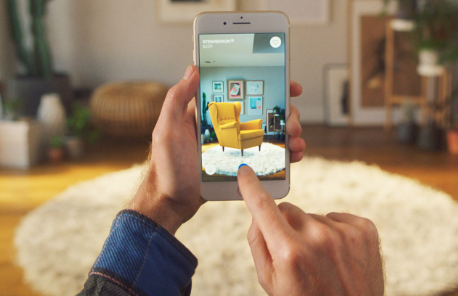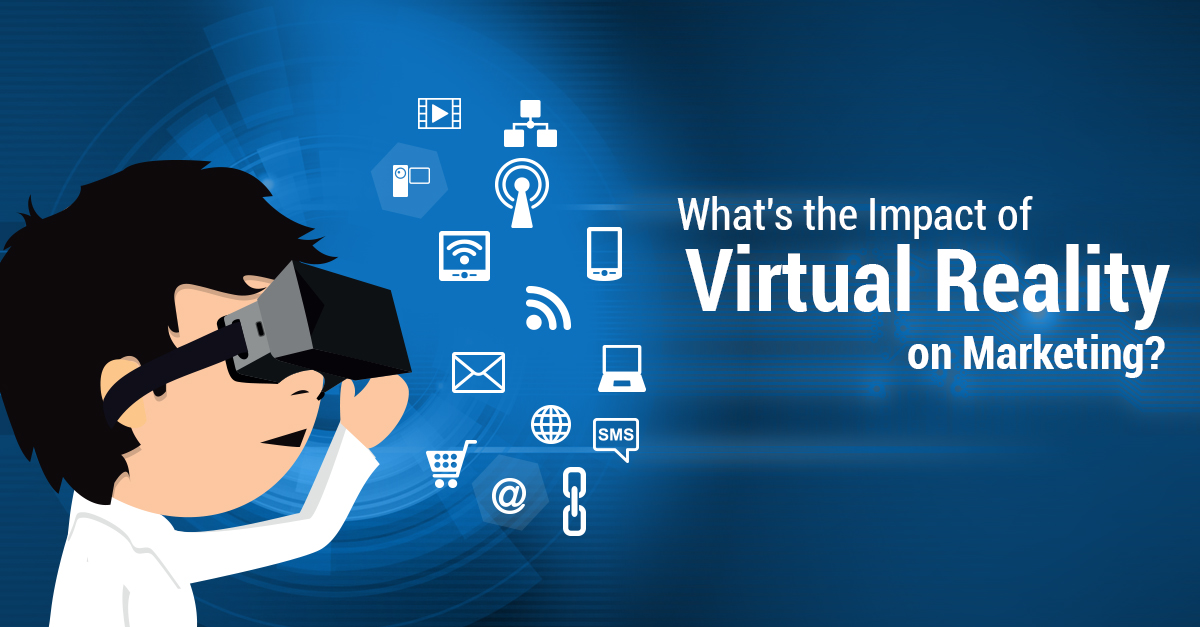Introducing Augmented Reality And Virtual Reality
AR (Augmented Reality) & Virtual Reality (VR) applications (apps) are generally according to computer simulation of real-existence scenarios and environments. The simulation will bear a higher amount of resemblance with whatever has been portrayed from real-existence, either graphically or sensorial.
The word 'sensorial' is broader than 'graphically' since it means everything perceptible to the senses I.e. graphics, touch, seem, voice, smell and so forth. Usually, the quality of resemblance using the original needs to be many occasions greater and much more accurate within the situation of VR compared to AR apps.
Think about the videos of the 100-metre dash in the recent Olympics. The initial commentary might be in British therefore, because it is, that video won't be very thanks for visiting in france they. Either altering the commentary to French or adding appropriate French sub-titles can make it more fun to some French audience.

This, essentially, is how AR finds its chance - augmenting the initial with increased helpful info - within our example, substituting French for British and therefore, making the information worth more towards the French-speaking. As the second example, think about the video capture of the road accident. Two cars collide on the highway and something is badly broken.
Law enforcement might be unable to pin-point which of these two motorists was accountable for the accident by just viewing the recording. If, however, the recording was pre-processed by an AR application that added mass, speed and direction info. from the cars towards the video, then, the main one responsible might be established with near to, maybe, hundred-percent certainty.
VR (Virtual Reality), however, is not the same as AR. Actually, the 2 only share one factor in keeping - internet based Bachelor Parties Mississauga. As pointed out above, the simulation supplied by VR must be of these top quality that it's indistinguishable from reality. Theoretically, this really is impossible. Therefore, for practical purposes, VR only means a diploma of approximation, sufficient for any user to obtain a 'live' experience with the simulated atmosphere. Furthermore, VR is interactive and responds sensorially, in 'real-time', and merely as with real-existence e.g. inside a VR application, imagine you're in a forest, about to burn a stack of cut-lower shrubbery and dry leaves. You douse the pile with gasoline.
A fox is acutely watching you against a close place. Then you definitely throw a lighted match-stick to the pile... the machine will respond immediately showing a powerful, rapidly distributing fire burning around the pile, its shape from time to time altered through the wind flow... so that as in tangible-existence... the fox (scared through the fire), must try to escape? - also it does!

The machine may permit you to alter the direction, speed and alteration within the speed from the wind flow, position of throw from the match-stick etc. and also the system will respond using the new results immediately! Thus, VR enables one to test out real-existence scenarios and obtain sufficiently accurate results just like though he/she were within the preferred atmosphere/ place, personally, but not waste time, travel & resource costs etc.
VR applications consume awesome levels of computing power. Compared, AR applications are by no means demanding on sources - AR applications run easily on cell phones, tablets, other hands-helds, laptops and desktops. Very most likely, you use a few AR apps in your Android/ iOS device, at this time, not understanding it! (e.g. Wordlens, Wikitude World Browser etc.).
The reason behind the main difference is the fact that VR apps first have to properly interpret whatever action the consumer performed after which 'make out' the right response the real atmosphere would return, filled with animation, movements within the right directions, sounds and so forth as well as, according to correct physics, math and then any other sciences involved. Most significantly, 'latency', or even the response time in the application, needs to be sufficiently high.
Otherwise, the consumer, that has include understandably high expectations, will certainly get so completely put-off he Or she might burst by helping cover their a string of unprintable words towards the effect "to hell with this particular dumb factor!'. To prevent such failures, a pc (or network of computers) outfitted with abnormally effective mobile processors, high-fidelity graphics software, precision motion trackers and advanced optics, is needed.